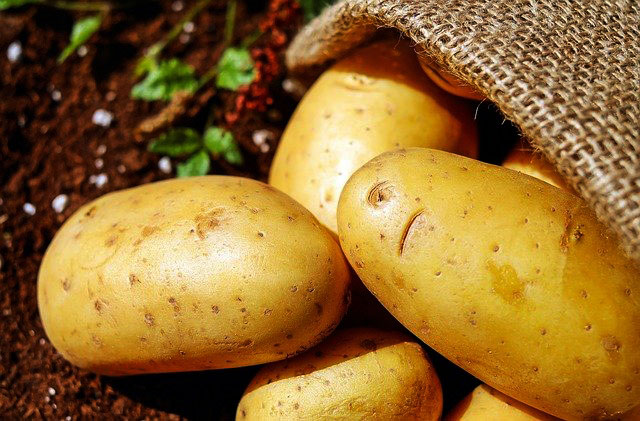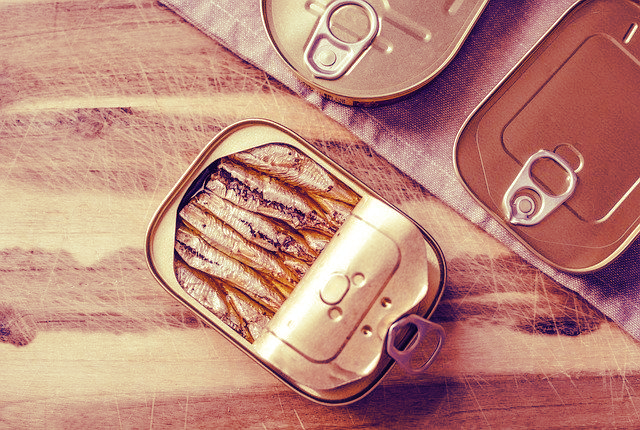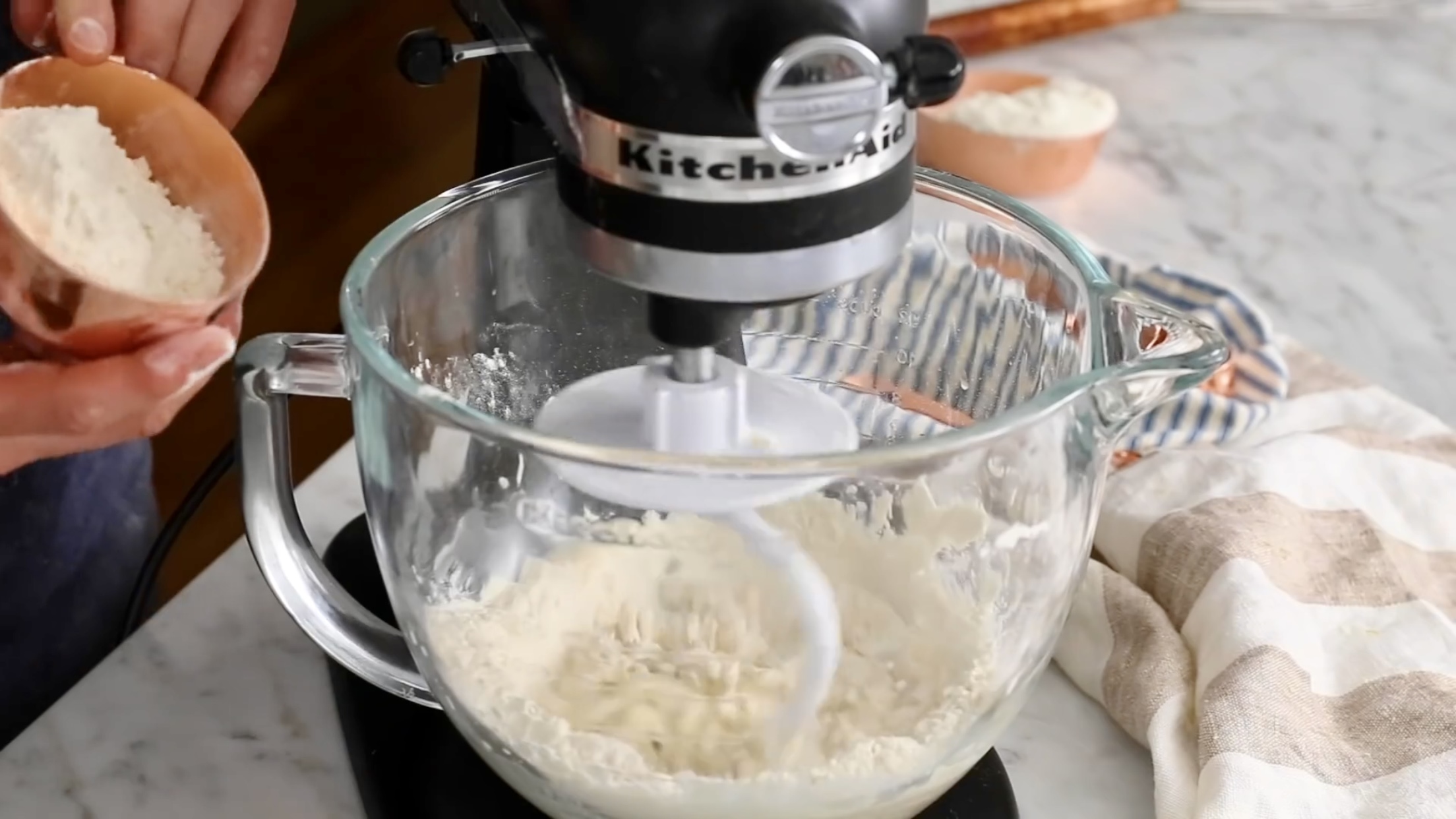You mean, how do you cook, clean, eat, and spell periwinkles? (Remember, our motto here is: "Answer people's cooking questions, and only make fun of some of them, and even then only once in a while.")
so often happens, James Peterson, author of Fish & Shellfish, has done most of our work for us. Periwinkles, he says, are a rarity in this country and are troublesome to eat, because they are so hard to get out of the shell. A fancy restaurant might have specialized two-tine forks for the job, he says, but often a pin is the utensil of choice.
Peterson counsels you to wash the periwinkles in a colander under cold water as soon as you get them home, checking to see that their little doors are securely shut (a sign that they're still alive). Smell any that don't give evidence of being alive and toss them out unless they smell like the clean, briny sea. Cook them, oh, so briefly, because an overdone periwinkle will break apart when you try to get it out of its shell, causing untold frustration. Three minutes is the limit on cooking, he says, and the easiest method is to pop them in a pot of boiling water, spiced with a little cayenne pepper.
If you want to be fancy, Peterson suggests you poach them in a wide sauté pan in a little court bouillon, where the liquid comes only halfway up the shells of the beasts, spoon them into hot bowls, swirl a fair amount of butter into the court bouillion and pour it over the periwinkles. Serve with crusty bread, and be sure to pull off the operculum — the little doors — before you eat the periwinkles.

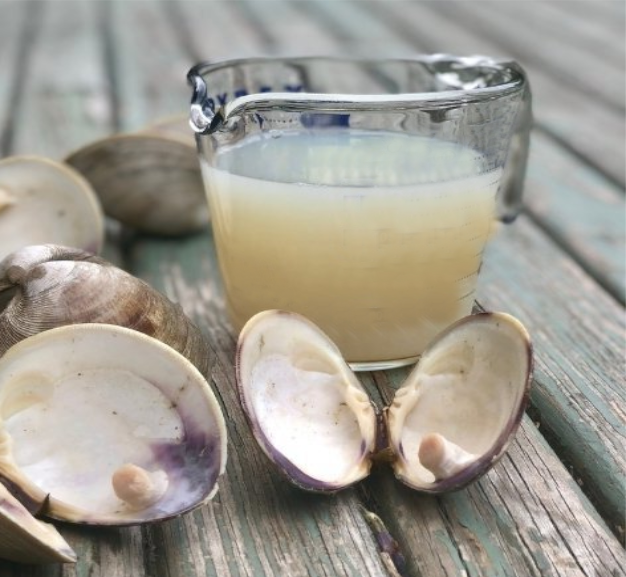


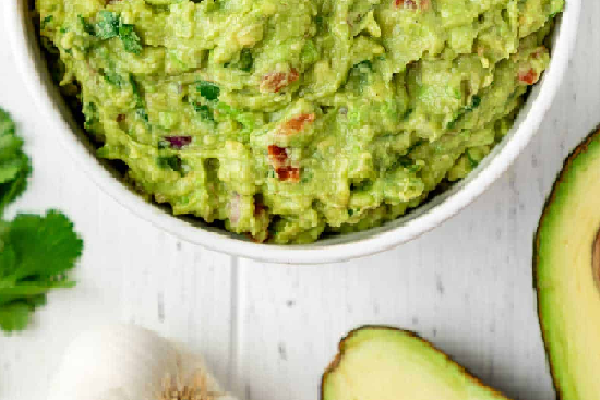



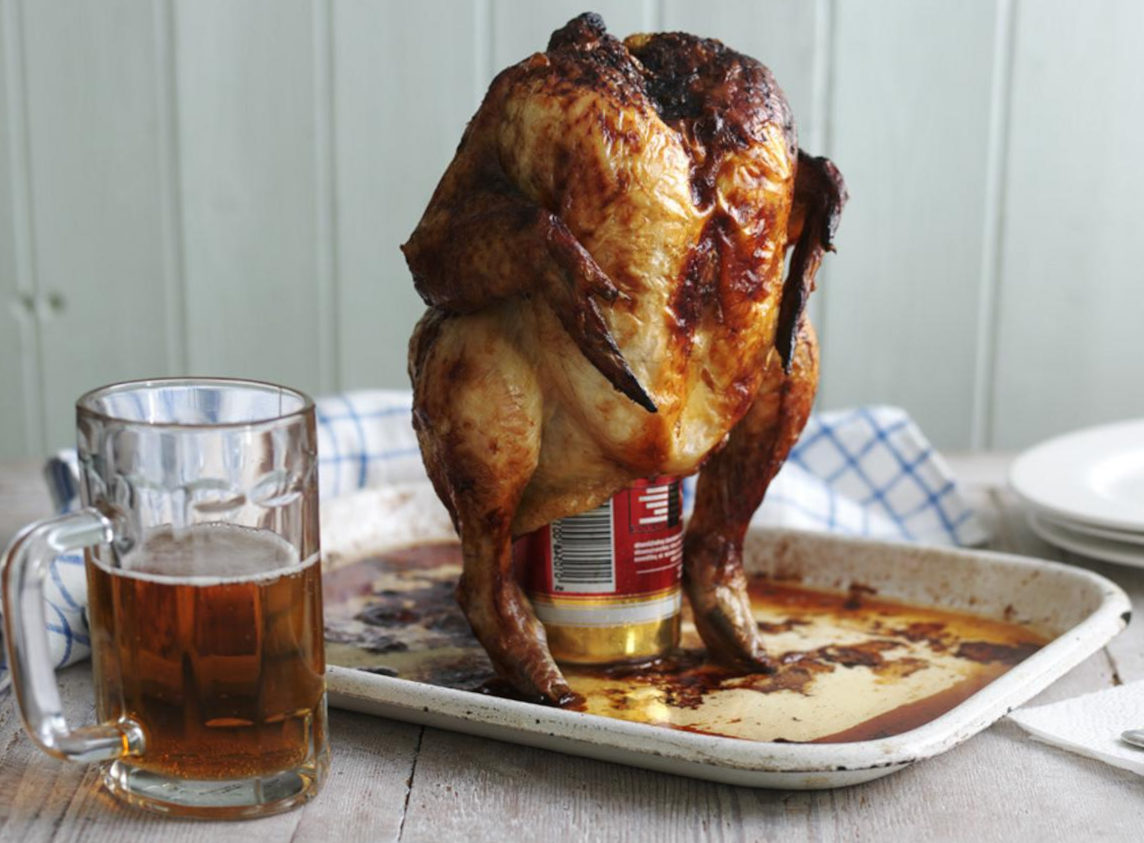
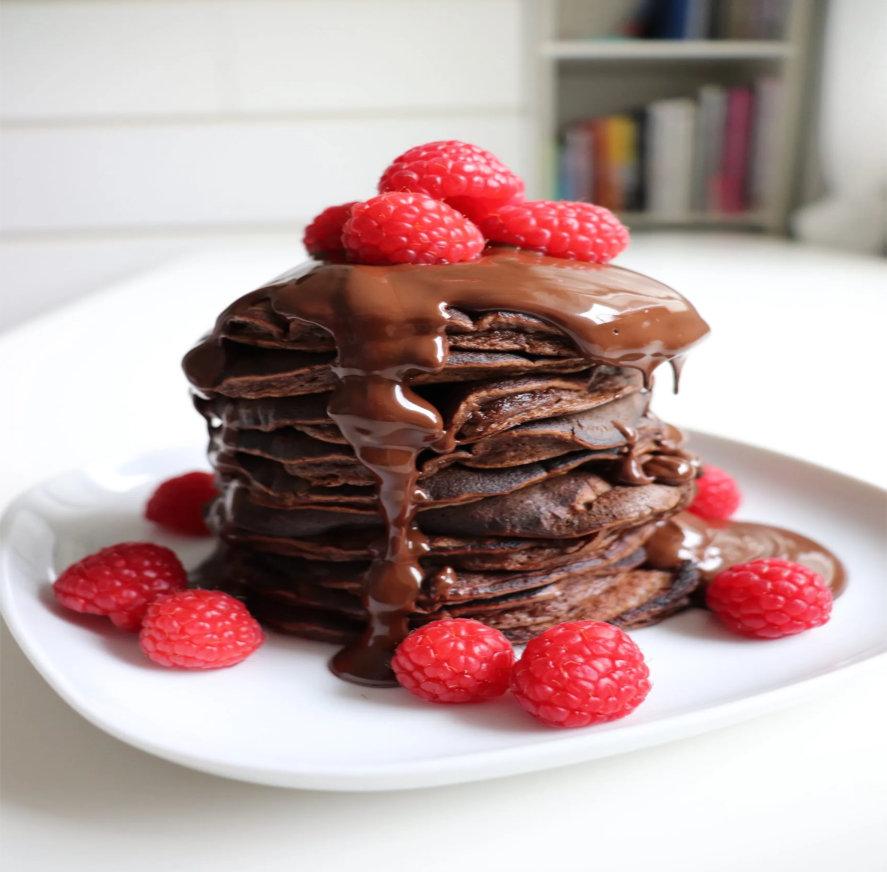
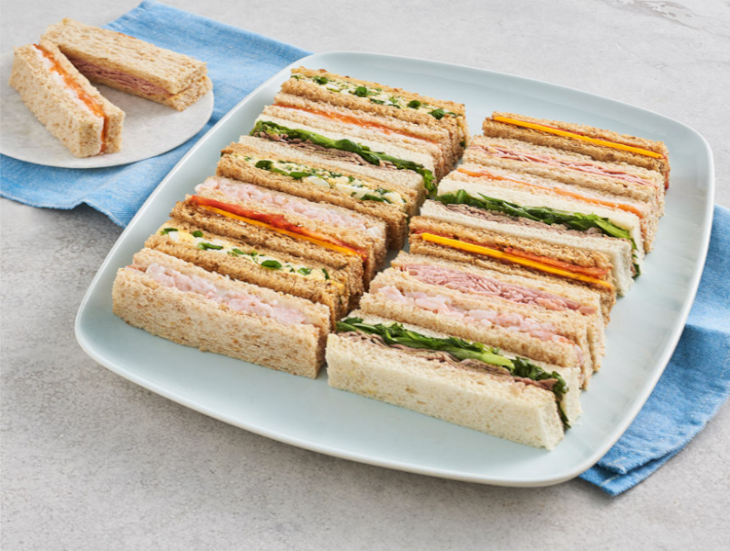



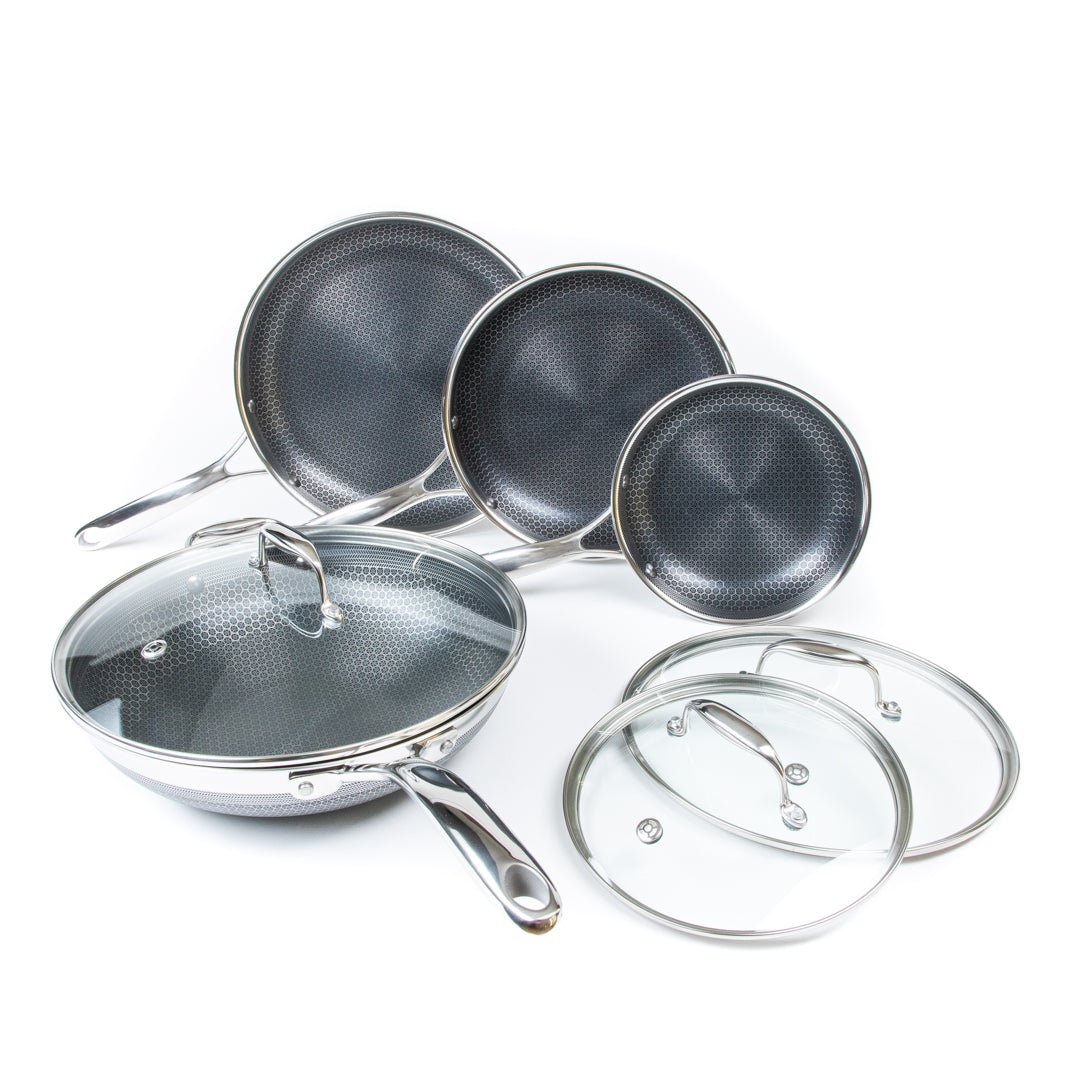


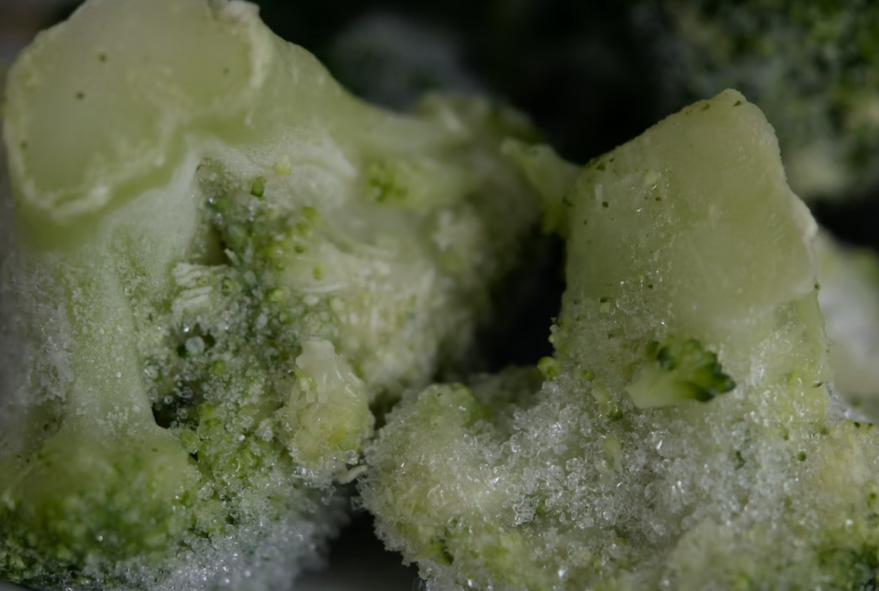
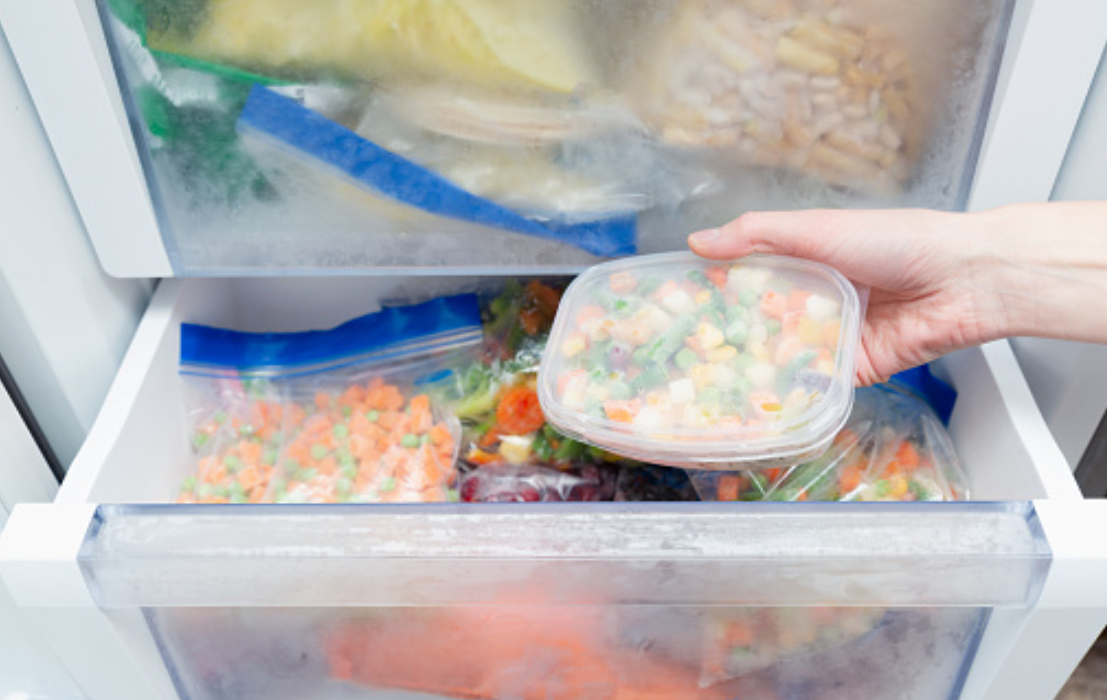
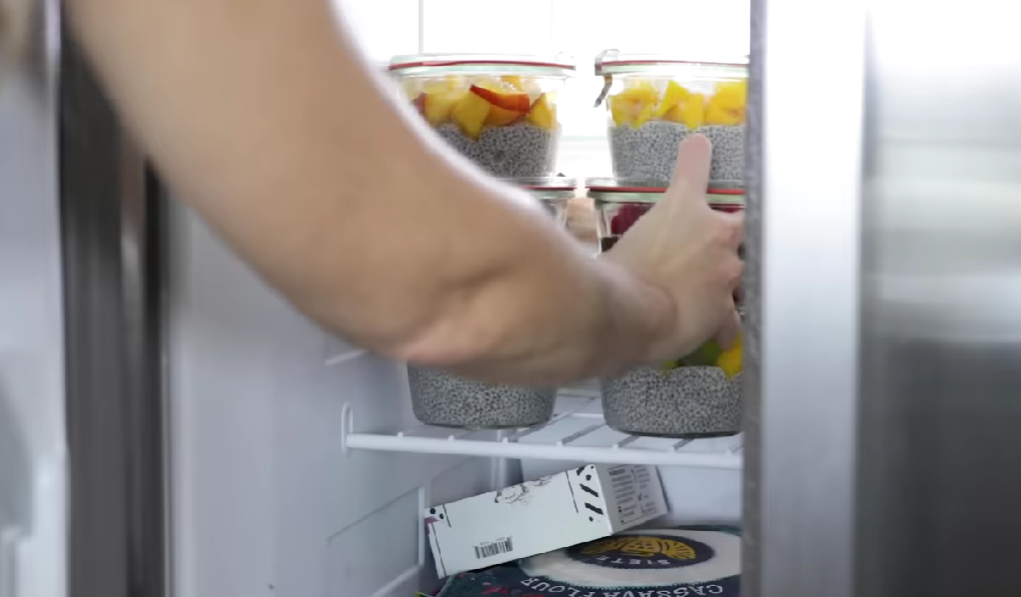

![Can you Cook Eggs in the Microwave? [Complete Guide]](/assets/images/c1f79d1cad59f18f9b5dc31403bd0eb2.png)

